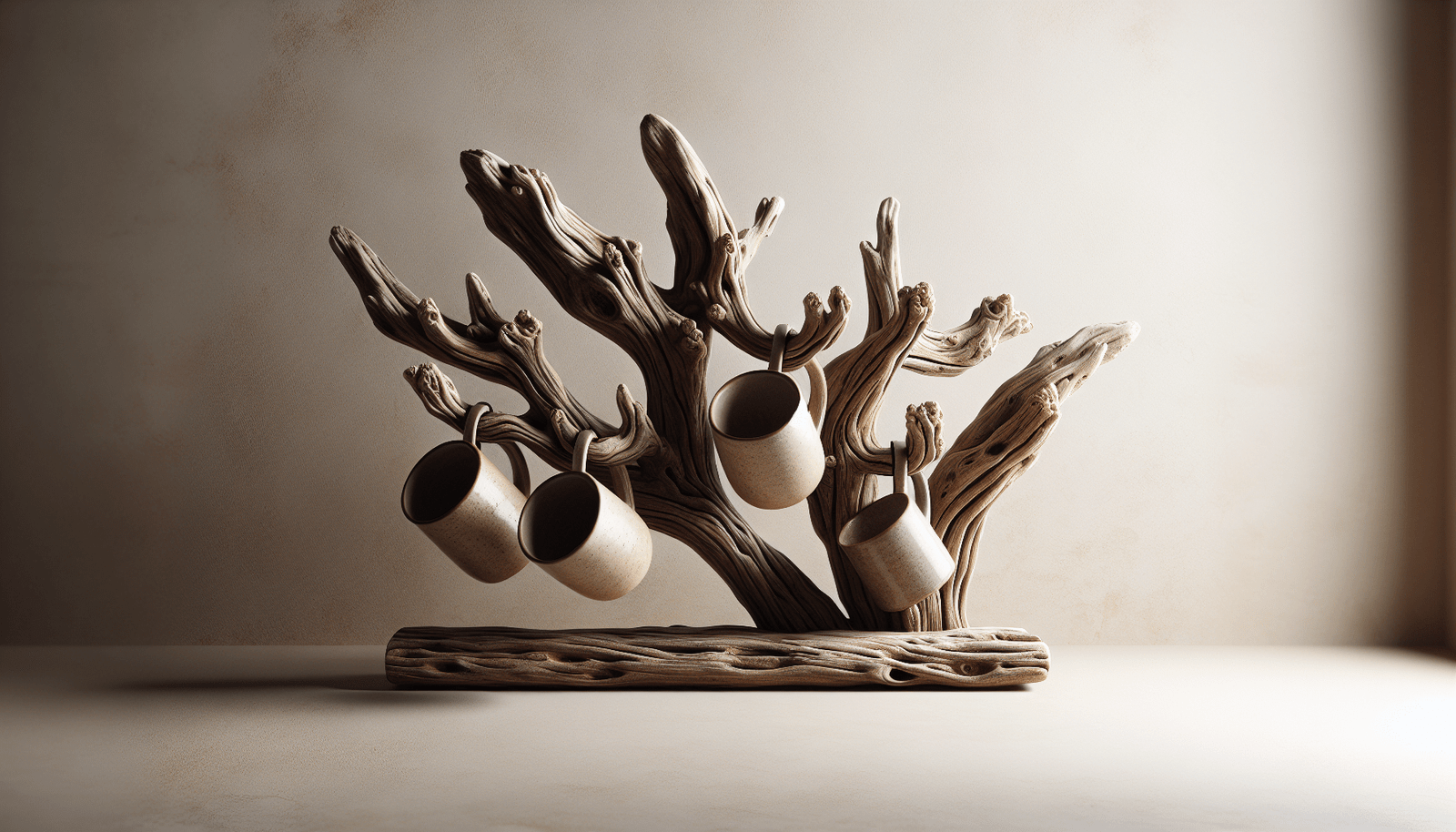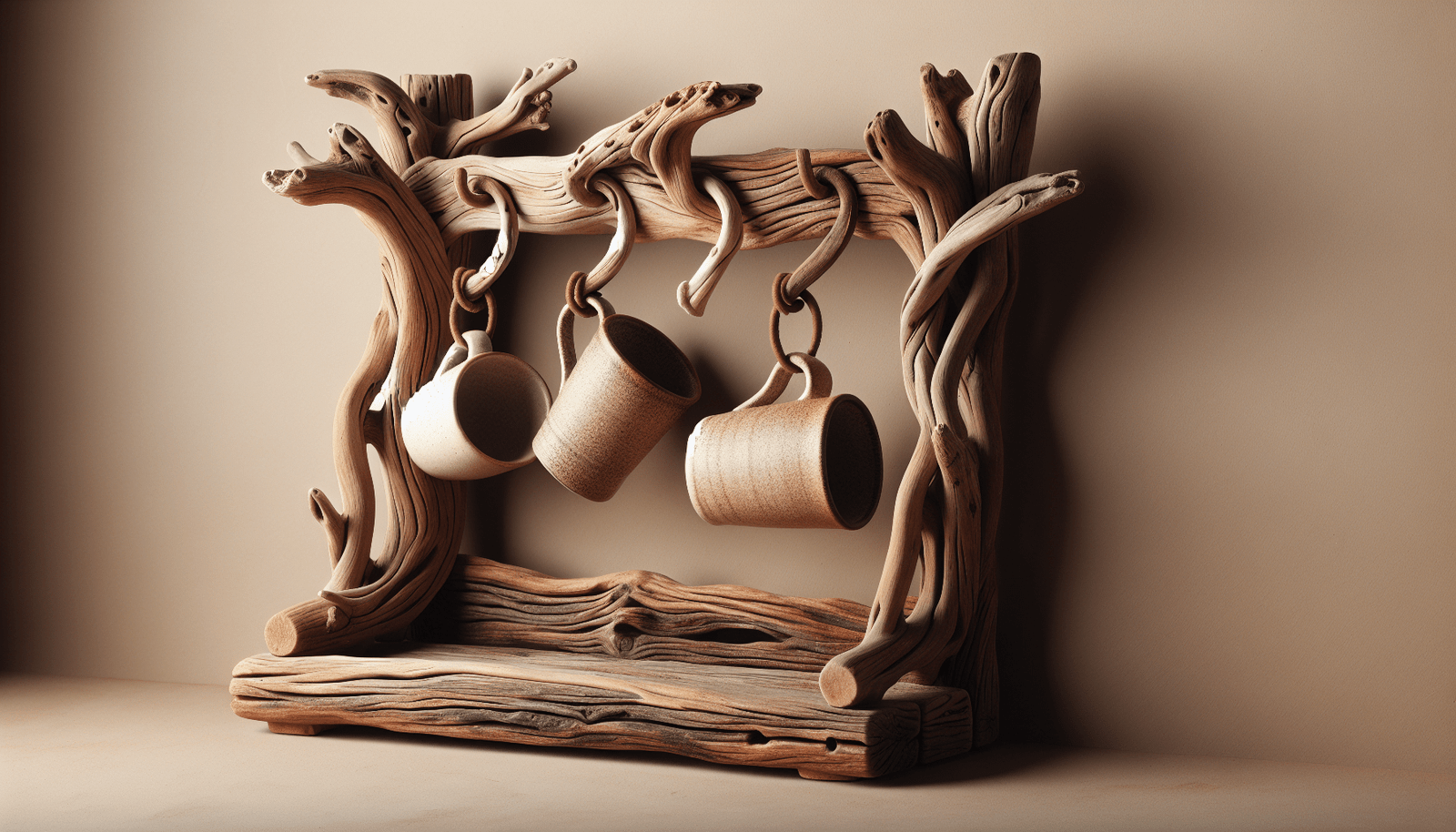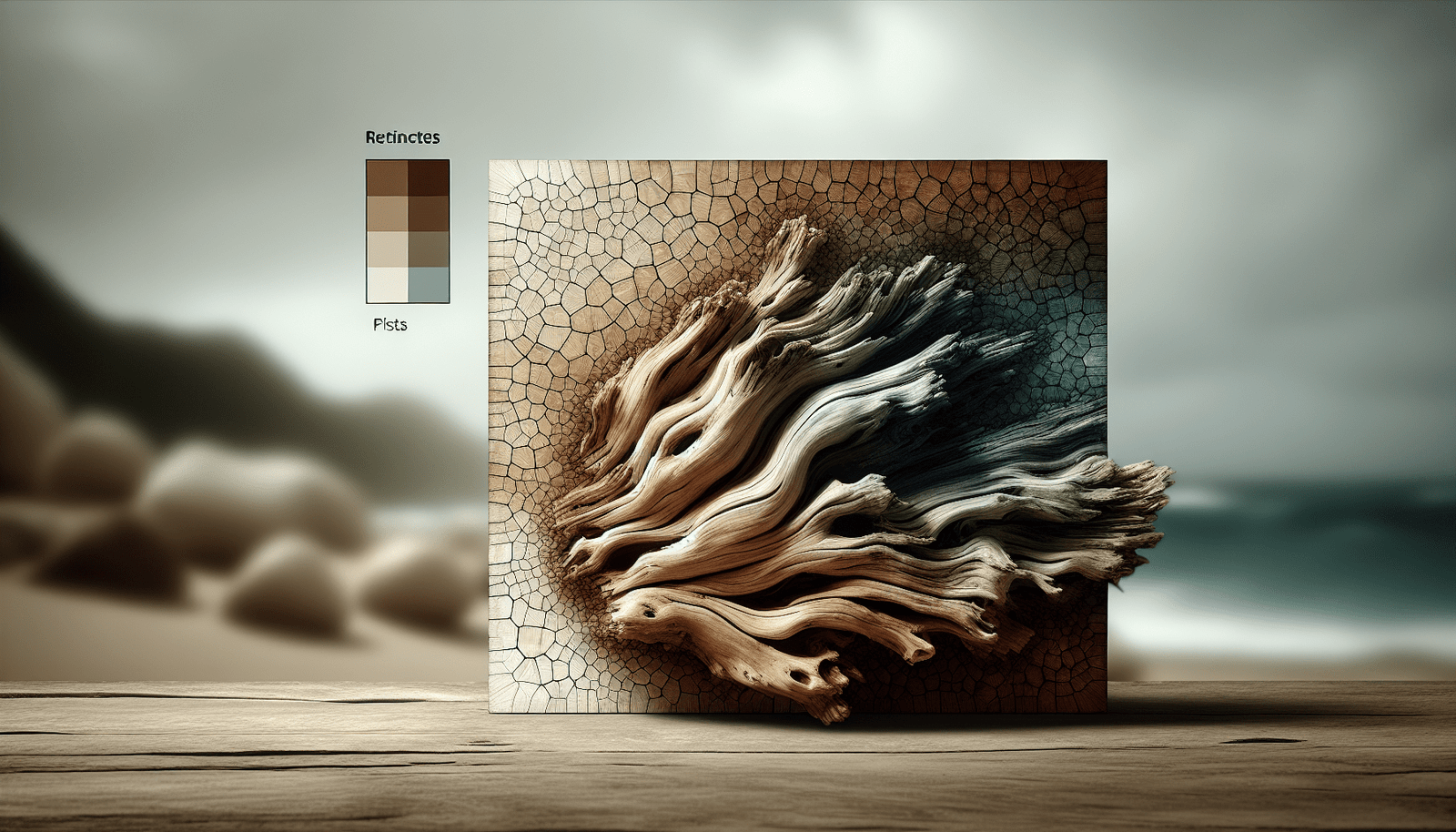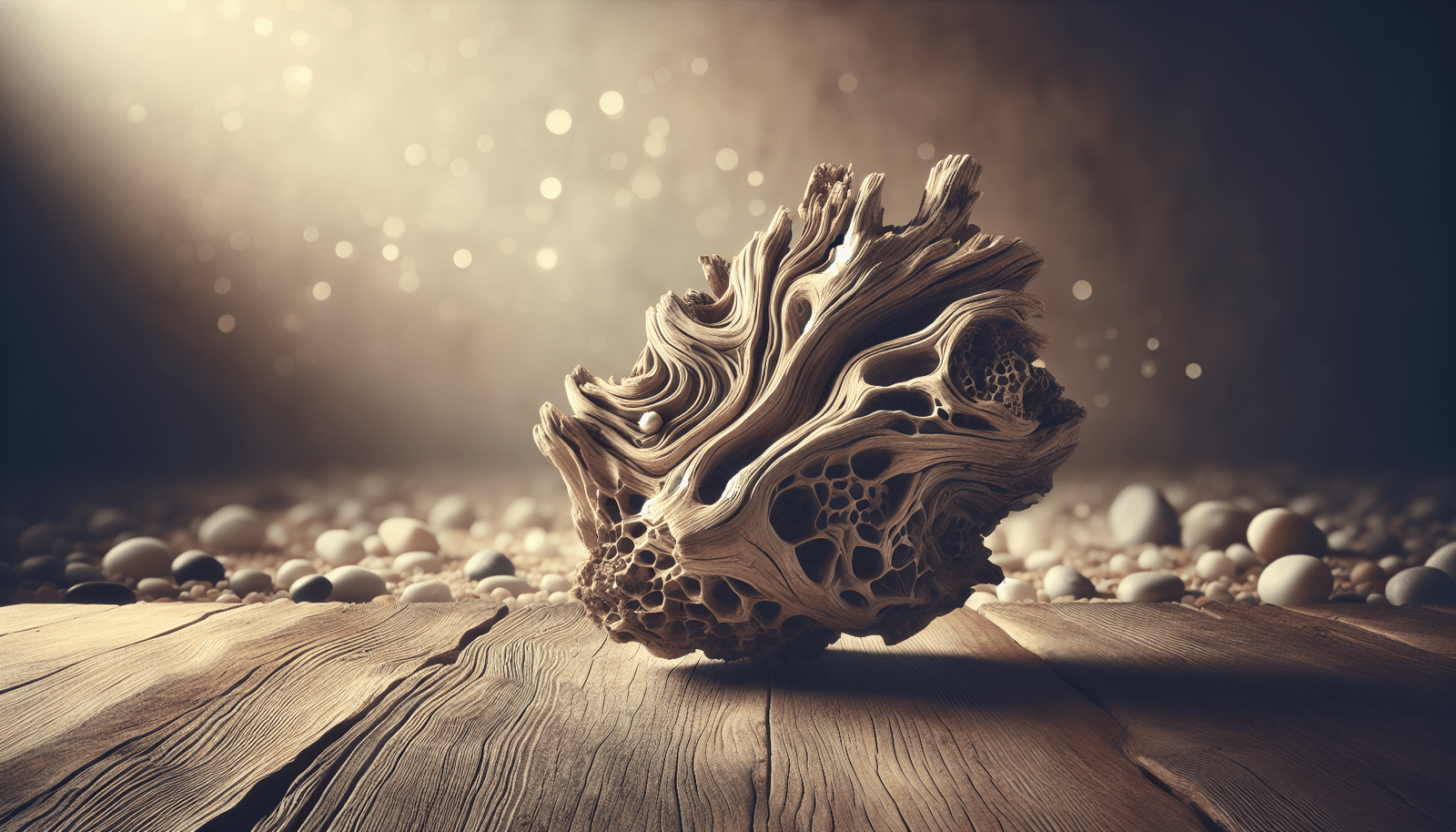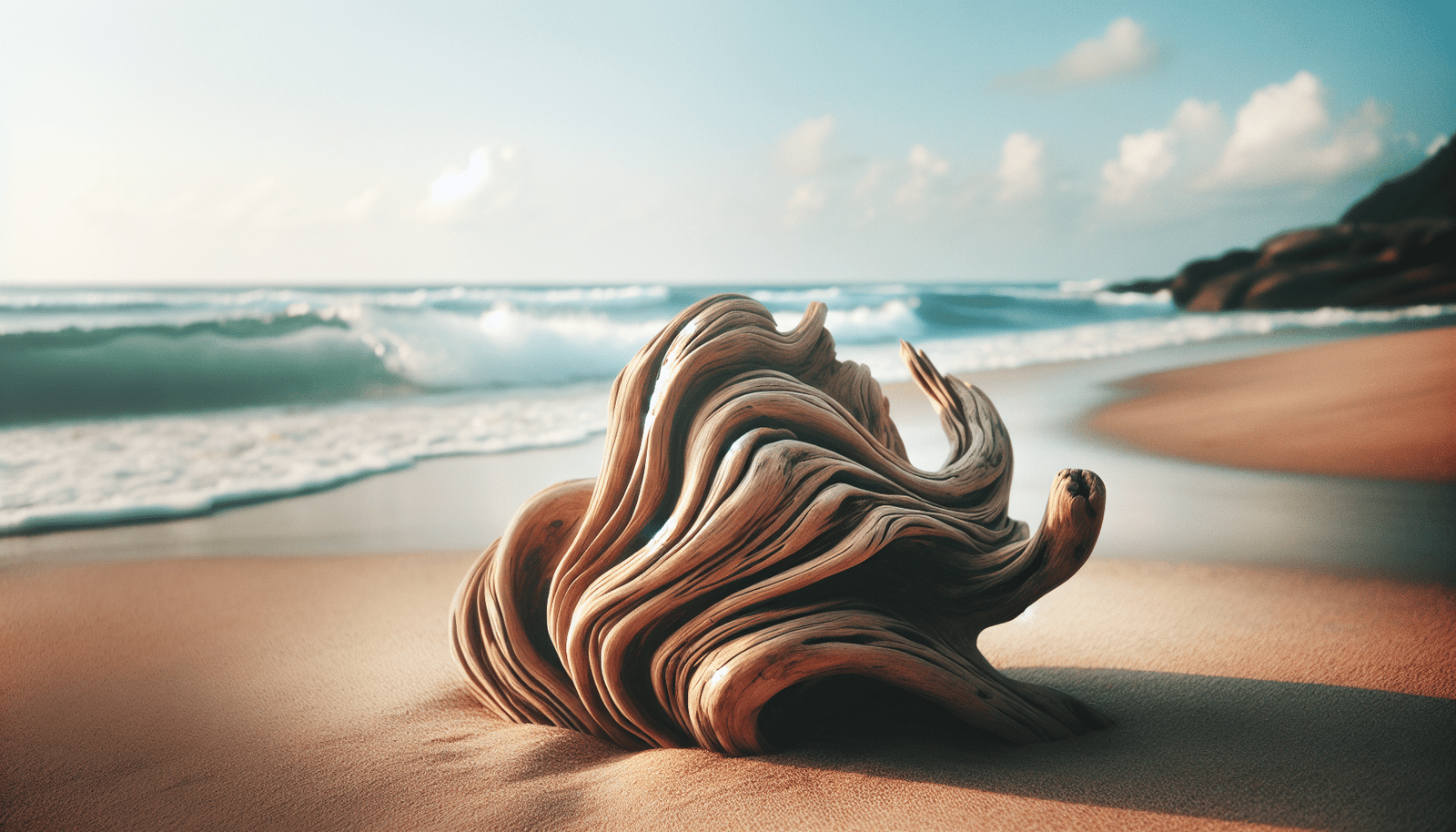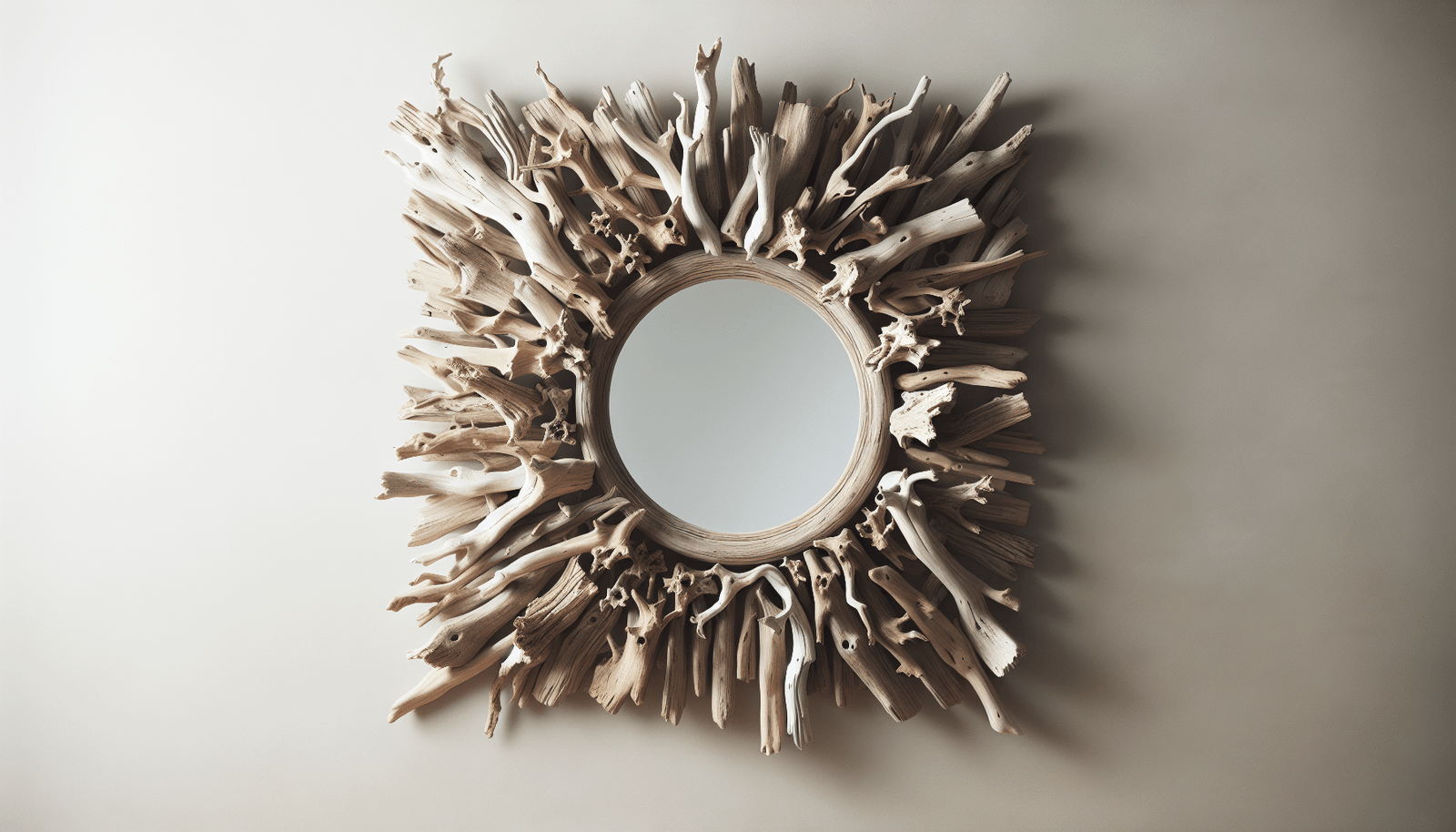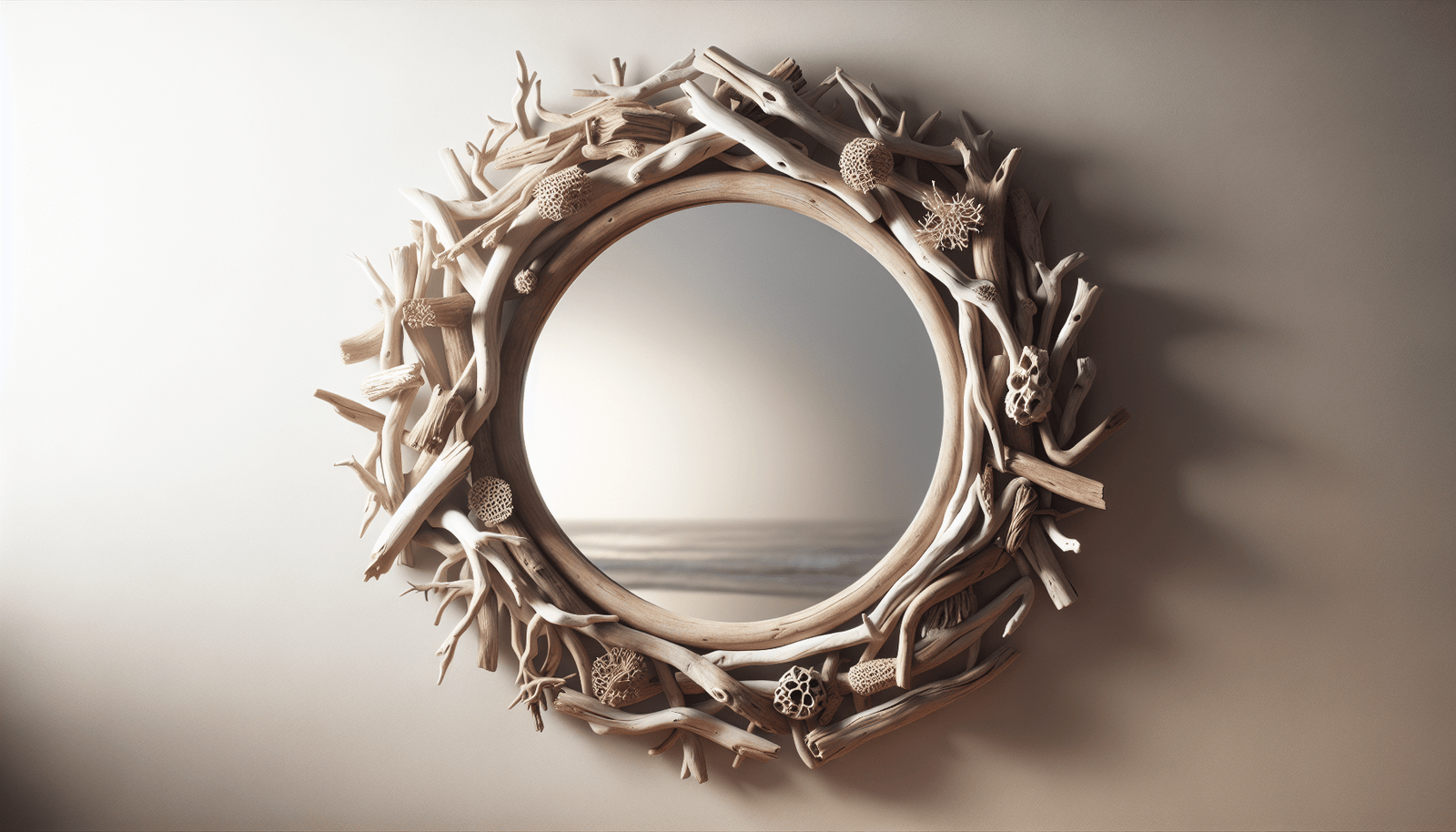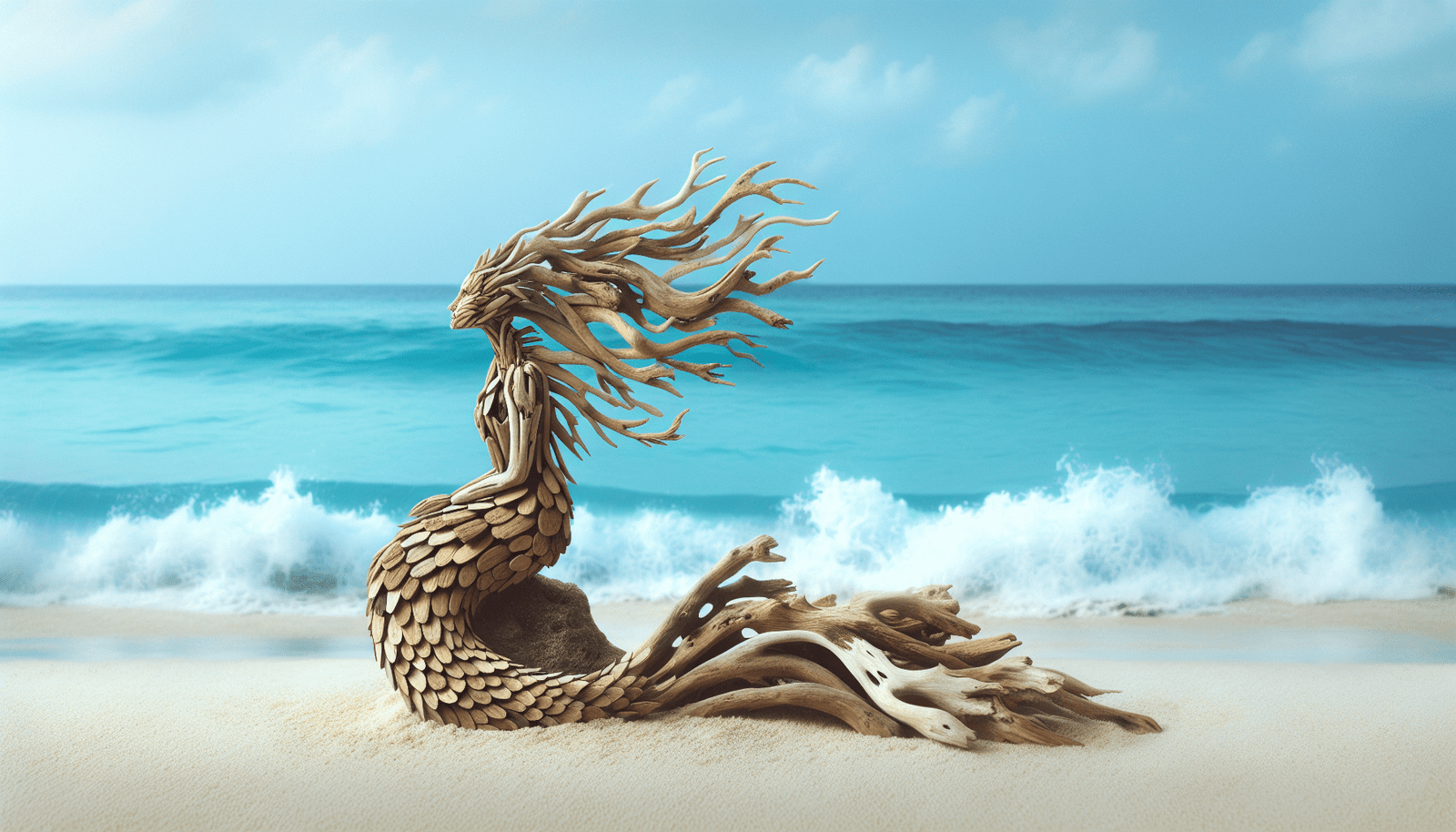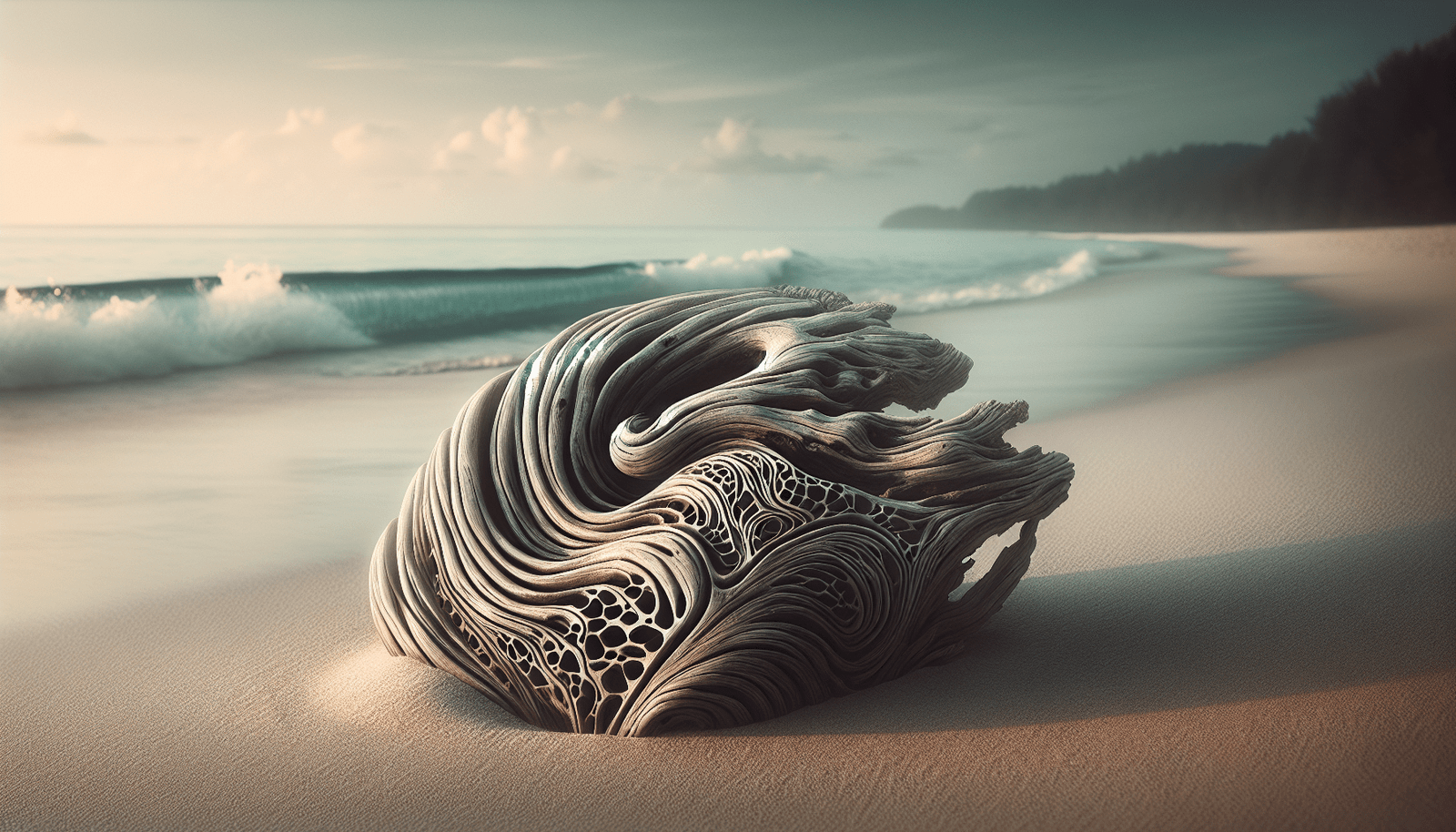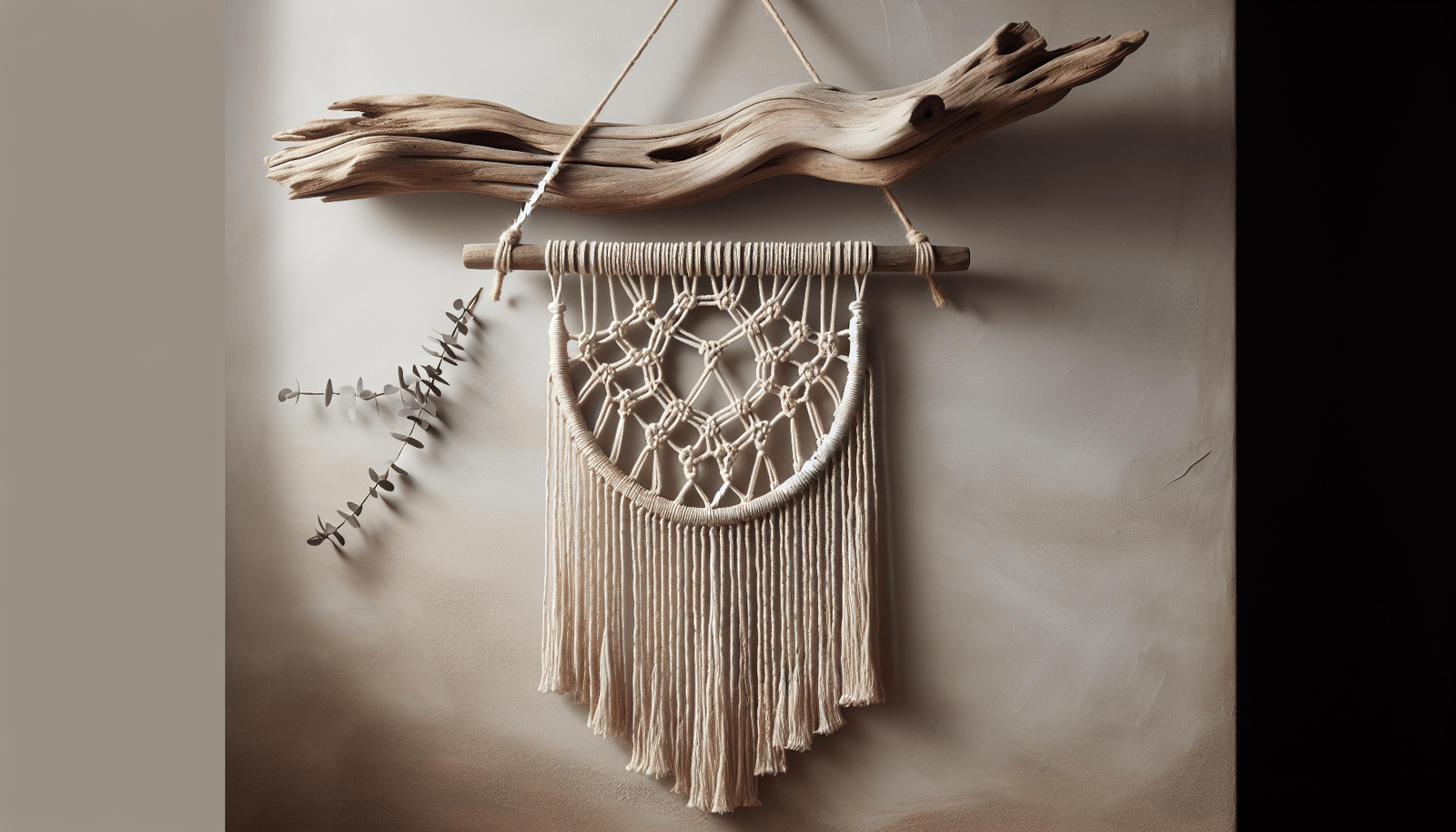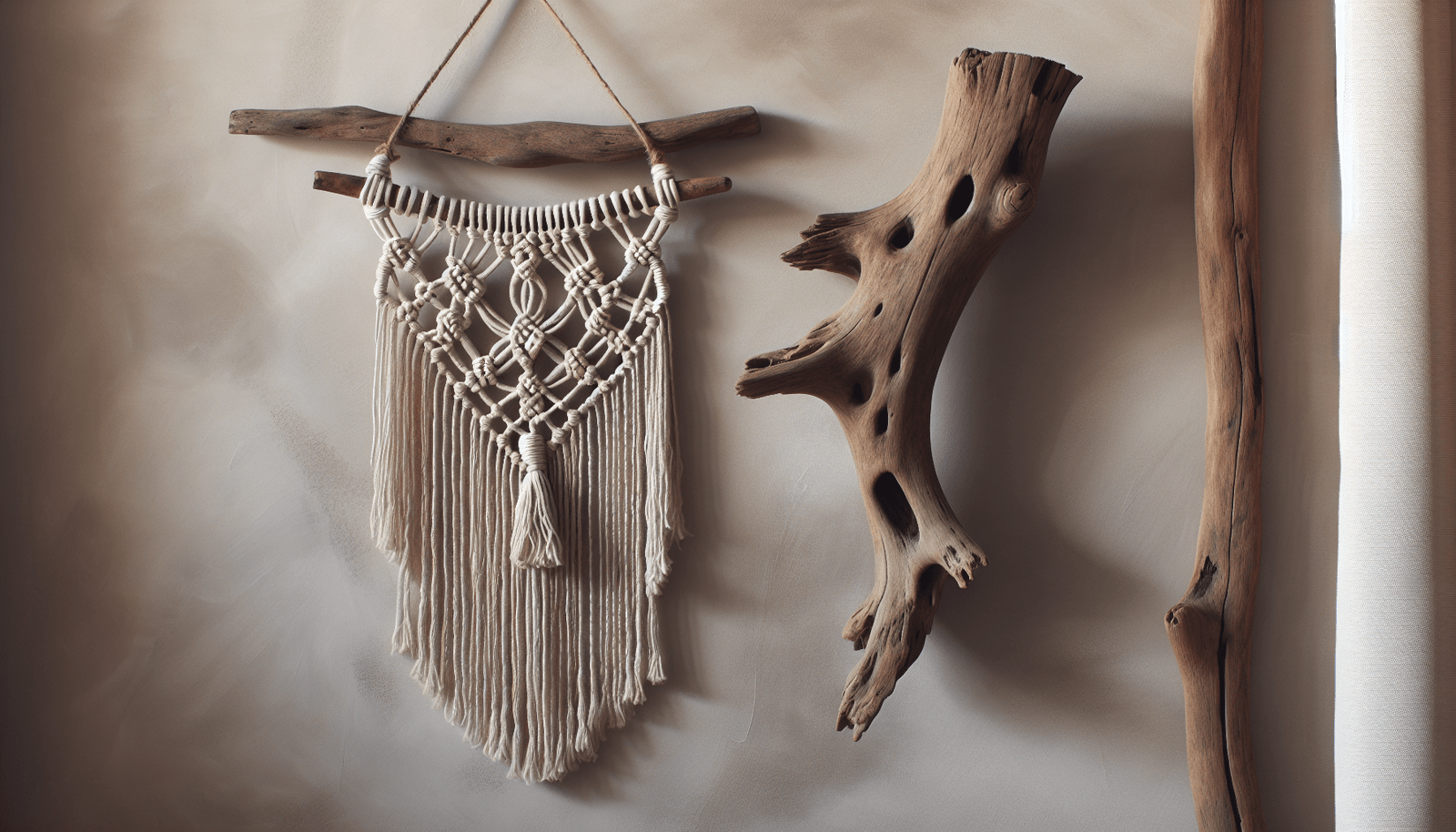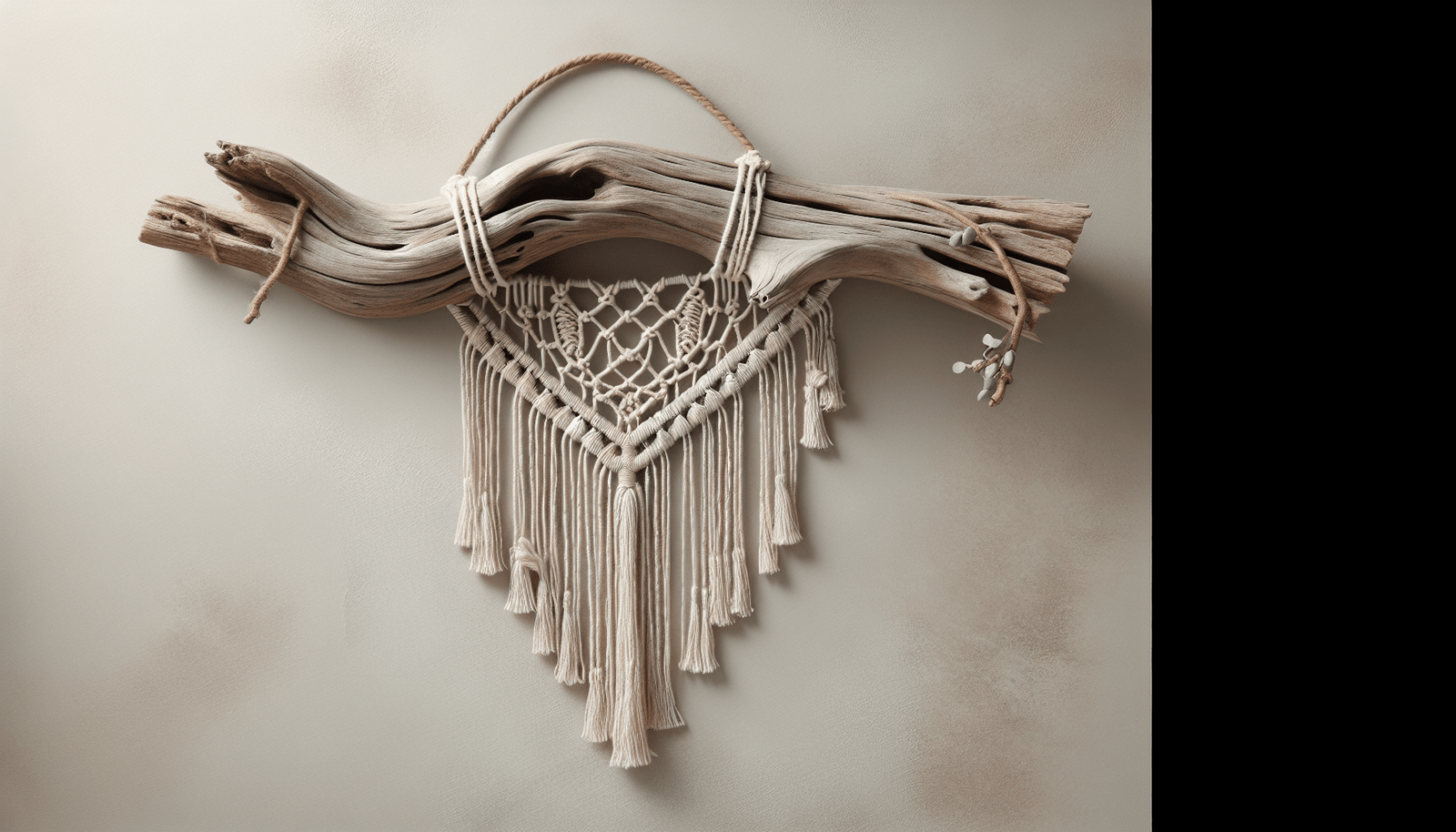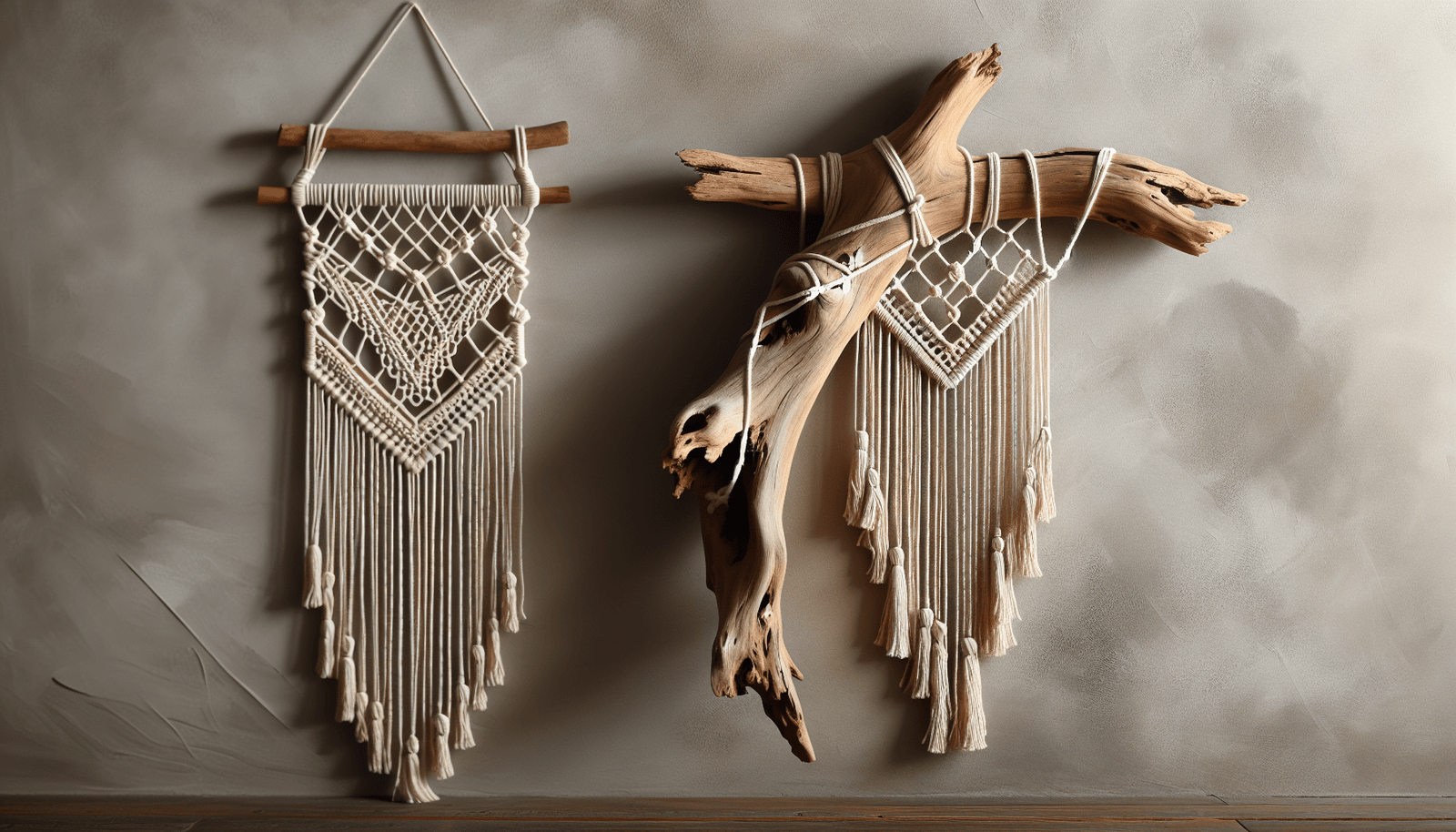Have you ever found yourself lacking counter space and an artful touch for your kitchen? A driftwood mug rack could be the perfect solution. Not only does it bring an eco-friendly option to your decor, but it also adds a unique, rustic charm to your home. This article will guide you through everything you need to know about driftwood mug racks, including the benefits, types, and how to make one yourself.

Understanding Driftwood Mug Racks
Driftwood mug racks serve a dual purpose in your kitchen. They provide a practical means of organizing your mugs while also adding a unique decorative touch. Created from pieces of driftwood collected from shorelines, these racks emphasize the beauty found in nature’s own designs and imperfections. With their natural appeal, driftwood mug racks can transform an ordinary kitchen space into something extraordinary.
What is Driftwood?
Before jumping into the details about the mug racks, let’s clarify what driftwood actually is. Driftwood refers to wood pieces that have washed ashore after floating in the water. The water and sand play a vital role in transferring these remnants from the forest to the ocean and eventually to the shore. During this journey, the wood often becomes beautifully worn and smoothed, which is part of what makes driftwood so appealing in home decor.
Why Choose Driftwood for Your Mug Rack?
There are several reasons why driftwood is a fantastic choice for creating a mug rack. Its highly distinctive look adds character and depth to any space. Each piece of driftwood is unique, offering natural shapes and textures that can’t be reproduced artificially. Plus, using driftwood means recycling materials the ocean has already shaped into a work of art. It’s a sustainable option for those concerned with eco-friendliness.
Benefits of Owning a Driftwood Mug Rack
Beyond aesthetics, driftwood mug racks bring several practical benefits into your home. From space conservation to customization, these racks offer a host of advantages.
Space Efficiency
In many kitchens, counter space is limited and precious. By hanging your mugs, driftwood mug racks free up that coveted counter and cabinet space. This allows for more room to display appliances or prepare meals. A well-designed driftwood rack can accommodate several mugs, keeping them easily accessible and out of the way.
Customization Options
When you choose or create a driftwood mug rack, you have the ability to tailor it perfectly to your taste and the decor of your home. From the color of the wood to the style of the hooks, the customization options are virtually endless. You can keep the driftwood raw for a rustic look or finish it with varnish for more sheen. Hooks can vary from simple stainless steel to antique bronze.
Eco-Friendly Home Decor
In a world increasingly conscious of the environment, opting for a driftwood mug rack is a sustainable choice. By reusing driftwood, you’re reducing waste and minimizing carbon footprints. It’s decor with a positive impact, allowing you to indulge in aesthetic pleasures with a clean conscience.
Different Styles of Driftwood Mug Racks
Given the uniqueness of driftwood, no two racks will be exactly alike. However, they can generally be categorized into a few different styles based on their construction and design.
Wall-Mounted Racks
One of the most common styles is the wall-mounted driftwood mug rack. This design is perfect for those aiming to maximize space efficiency. It involves attaching hooks or pegs to a piece of driftwood, which is then mounted on a kitchen wall. Wall-mounted racks can be as small or as large as you need, depending on the driftwood piece and the number of mugs you wish to hang.
Freestanding Racks
Freestanding driftwood mug racks are another popular option. These often resemble small trees or branches on a base, allowing mugs to be suspended from the different offshoots. They are moveable, providing more flexibility if you like to rearrange your kitchen or if you’re looking for decor that can transition from kitchen to table easily.
Multi-Purpose Racks
Some driftwood designs incorporate other features beyond mug storage, such as incorporating shelves or wine glass holders. These versatile racks can hold everything from cups and kitchen towels to utensils and keys. They’re a great fit for smaller kitchens where maximizing space is key.
How to Make Your Own Driftwood Mug Rack
Feeling inspired to create your own? Making a driftwood mug rack is a satisfying project that allows you to show off your creativity while adding a personalized touch to your kitchen.
Gathering Materials
To begin, you’ll need to gather the materials. Here’s a simple list to get you started:
| Item | Purpose |
|---|---|
| Driftwood piece | The base for your rack; choose one that matches the desired size |
| Hooks or pegs | These will hold the mugs; you can find them at hardware stores |
| Screws | For securing hooks and mounting the rack |
| Drill | For making holes for the hooks and mounting |
| Sandpaper | To smooth any rough edges on the driftwood |
| Wood finish (optional) | To treat and preserve the wood if desired |
Steps to Build
Select Your Driftwood: Pick a piece of driftwood that suits the size and look you want. Consider how many mugs you plan to hang in determining the length and sturdiness required.
Prepare the Wood: Use sandpaper to smooth out any uneven parts or sharp edges. If desired, apply a wood finish or sealant to protect the wood and enhance its color.
Install the Hooks: Decide on how many mugs you want the rack to hold and measure equal distances for installing the hooks or pegs. Use a drill to make pilot holes for the screws, then attach your hooks firmly.
Mount the Rack: If you’re creating a wall-mounted rack, identify the ideal placement on your wall and use appropriate screws and wall anchors to mount your driftwood securely.
Test Stability: Ensure that all hooks are secure and the driftwood is firmly mounted to prevent accidents or instability.
Customizing Your Rack
The beauty of making your own driftwood mug rack is in customization. You can paint the driftwood in bold colors for a vibrant touch, or distress it for a shabby chic appearance. The hooks can also be adorned with little elements like beads or small charms for added flair.
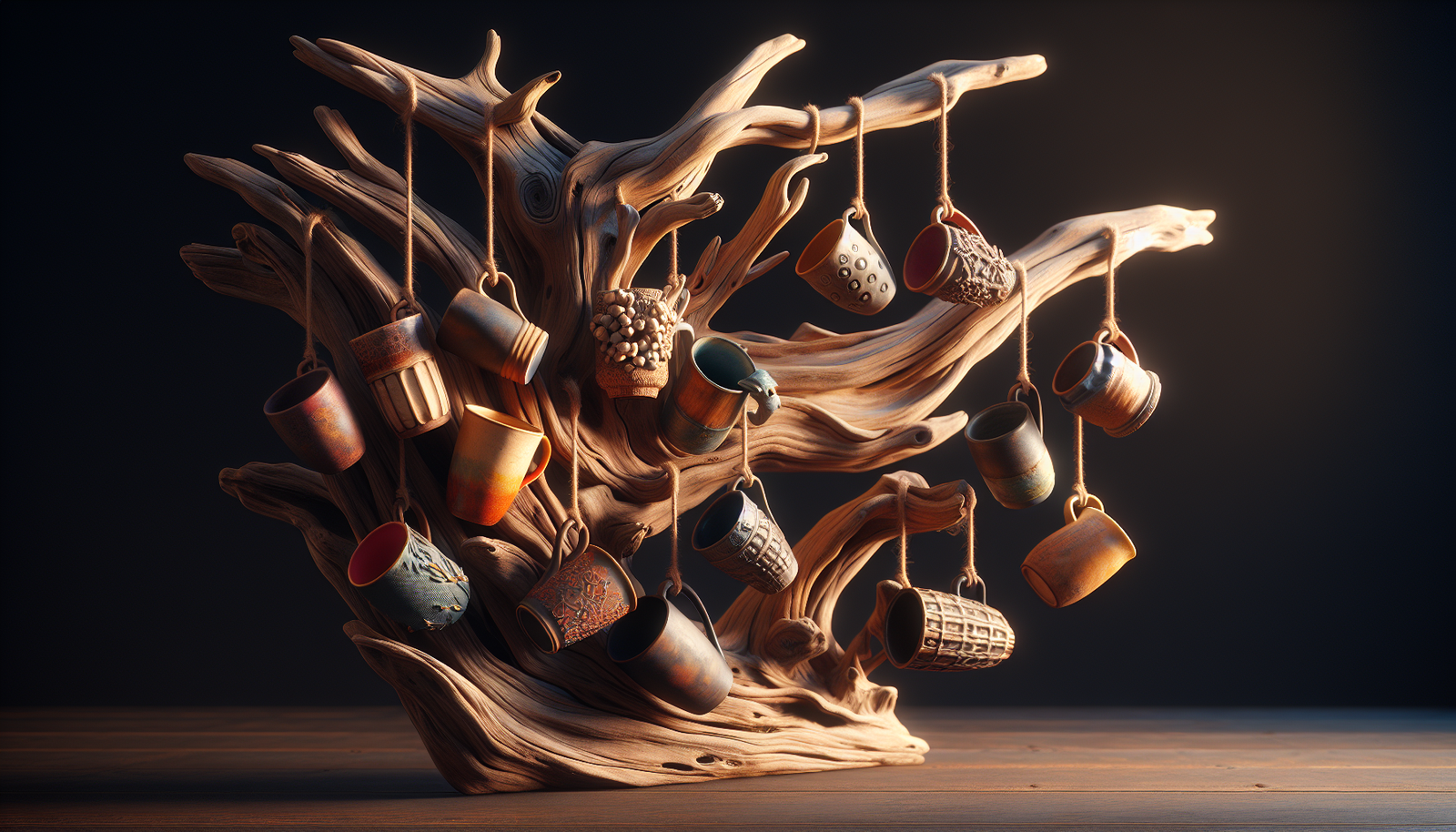
Caring for Your Driftwood Mug Rack
Proper maintenance can extend the life and preserve the beauty of your driftwood mug rack.
Cleaning
Cleaning your driftwood mug rack is straightforward. Simply dust it regularly using a soft cloth. If it becomes grimy, a damp cloth with some mild soap can be used to gently clean the surface. Avoid heavy soaking or scrubbing, as this can wear down the natural finish of the wood.
Protecting
If the driftwood is in a kitchen environment where spills are common, you might consider applying a coat of polyurethane or another sealing agent to protect it from moisture and stains.
Incorporating Driftwood Mug Racks into Your Kitchen Decor
With their natural beauty, driftwood mug racks offer a rustic or coastal flare to any kitchen design. However, they can be surprisingly adaptable to various decor styles.
Coastal or Nautical Theme
If you’re aiming for a beachy or nautical theme, a driftwood mug rack blends in seamlessly. Pair it with ocean-blue accents, seashell ornaments, or paintings of marine landscapes for a cohesive look.
Rustic or Farmhouse Style
For a more rustic or farmhouse-inspired setup, your driftwood rack can be complemented by other wood elements. Think wooden shelves, a butcher-block countertop, or a country-style kitchen table.
Modern Minimalist
In a modern, minimalist kitchen, a driftwood mug rack can serve as a natural focal point that breaks up the clean lines and solid colors. Opt for sleek, simple hooks that maintain the minimalist aesthetic.
Frequently Asked Questions About Driftwood Mug Racks
Can I use any piece of driftwood?
While you can technically use any driftwood to make a mug rack, you’ll want to choose a piece that’s sturdy and free from damage. Check for rot or excessive softness, as these can compromise the structural integrity needed to hold weight.
Are there any safety concerns?
Ensure that the driftwood is properly secured to the wall or its base. The hooks or pegs should be tightly fastened, and the wood must be strong enough to hold the weight of your mugs. Weight distribution is essential to prevent tipping over or the rack coming off the wall.
How can I be sure my driftwood is clean and safe to use?
Before using any piece of driftwood, it’s advisable to give it a thorough cleaning. Soak it in a vinegar solution to remove any impurities or pests, and let it dry completely before beginning your project.
Conclusion
Adding a driftwood mug rack to your home is a simple yet striking way to blend practicality with nature-inspired artistry. Whether you opt to purchase one or make your own, this eco-friendly option will enhance your kitchen space by providing a unique touch that reflects both personal style and sustainable living. Enjoy the beauty of nature right in your home, and let every cup bear the imprint of its individuality with this charming addition.
